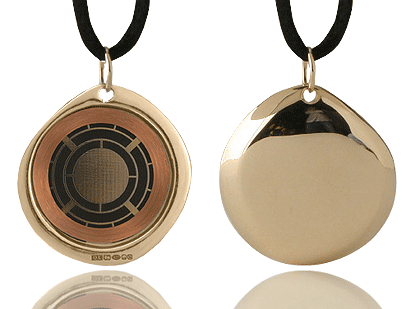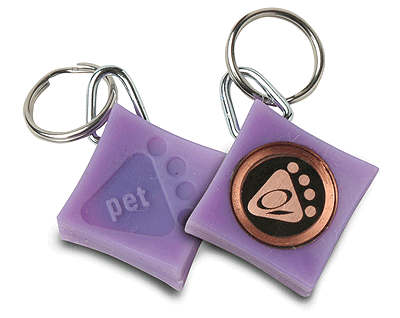
It’s serendipitous that this admittedly ‘well duh’ set of research results should pop up this week while the issue of singers’ weight is a big online topic: :
Ubiquitous pop videos may harm girls’ self-image
Ian Sample, science correspondent
Thursday May 31, 2007
The GuardianMusic videos are driving a wave of dissatisfaction among adolescent girls by promoting ultra-thin role models as the epitome of beauty, psychologists warn today.
Watching pop videos featuring thin, scantily clad women for just 10 minutes was enough to drive down girls’ satisfaction with their body shape, according to a study which appears in the journal Body Image.
Researchers fear the damage inflicted on the self-image of girls as they prepare to leave schools and sixth form colleges is widespread, given the near ubiquity of music videos on television and on big screens in clothes shops, cafes and bars.
Viewing figures for MTV have swelled to 342m worldwide, according the channel, and a survey in 1998 found that 12- to 19-year-olds were the most frequent viewers, watching on average for 6.4 hours a week.
But Helga Dittmar, a psychologist at Sussex University and leader of the latest study, said adolescents were likely to spend far more time watching music videos than the survey suggested. “Public places such as stores, bars and clubs increasingly display music videos on large TV screens, making them an inescapable, almost omnipresent form of media,” she said.
Indeed they are omnipresent, even here in Amsterdam, which does at least keep a lid on the more blatant forms of public advertising; though we are forrced to watch ads on the trams, they’re not really of the music video type; more for sore arse ointment or real- estate agents.
But there are few fashion chainstores you can go into without an in your face dose of Christina, Pussycat Dolls or some identikit skeleton with inflated boobs, fake cheekbones, extensions and a spray-on tan gyrating over some German techno-trance monotony and there’s about to be an explosion of it all over, now that the Netherlands premier department store De Bijenkorf is getting in on the act.
“Introducing in-store television is a move towards the store of the future. It can be compared to the Internet 15 years ago, when not many people were exploiting it for commercial use. One of the really attractive features is the ability to develop our own content and programming.
“This means that we can produce content that is very specific to our needs and can be immediately tailored to reflect exactly our central and local marketing priorities.
“In fact, the ability to tailor content to reflect in-store initiatives, trends and promotions is central to the screens’ success.”
If you’re a teenager and want to keep up with your peers you can’t avoid it. I thought it was bad when I was young but the pressure teenagers are under now is horrendous, schoolgirls saving up from Saturday jobs for liposuction and so on.
Despite stating the bleeding obvious it’s still quite a timely report, considering the current furore about the perfectly normal, if tall (but then anyone is tall to me, being barely over five foot in a land of dairy-fed giants) winner of the latest US Pop Idol.
Some publicity-hungry suburban country club nonentity and one-member manufactured ‘pressure group’ that Fox picked up somewhere called Meme Roth called her ‘obese’. Obese. Really. Give me a break and get back to your obsessive jazzercise and mainlining aragula salad and ogling poolboys, you silly, silly woman. And ‘Meme’? What were her parents thinking? Let’s face it, when your name constantly reiterates your existence -‘me,me,me,me,me..’ – you’re bound to turn out a solipsistic narcissist.
But enjoyable cattiness aside, Ms Roth’s just another tool being used to create a sensation and push up Fox’s profile.
It’s Fox pushing this meme and Meme too. Owned by Rupert Murdoch’s News International, it’s a company that has much invested in media worldwide, not just the US. It promotes music videos, it makes money from them. Of course they want to influence them. To think otheriwse is to mistake the purpose of a corporation, which is to make money.
To us it’s about more than mere vanity and fashion; it’s about whether we can look in the mirror and loathe or accept ourselves for what we are.
To them it’s just about making a market. Handily it also gives a nice lot of traffic to other mass media outlets too, who profess outrage but who are still happily counting the hits. Their ad revenue goes up as well and everyone’s happy, excpet the girls and women who are left wondering why it is they don’t look ‘normal’.
Weight is a hot-button issue for almost all westernised women and there’s lots of ways to make money from that. Again we’ve fallen into the corporate trap and they’ve created a controversy to frame the discussion andmake money out of it. They got us going and coming. No wonder we hate ourselves.


